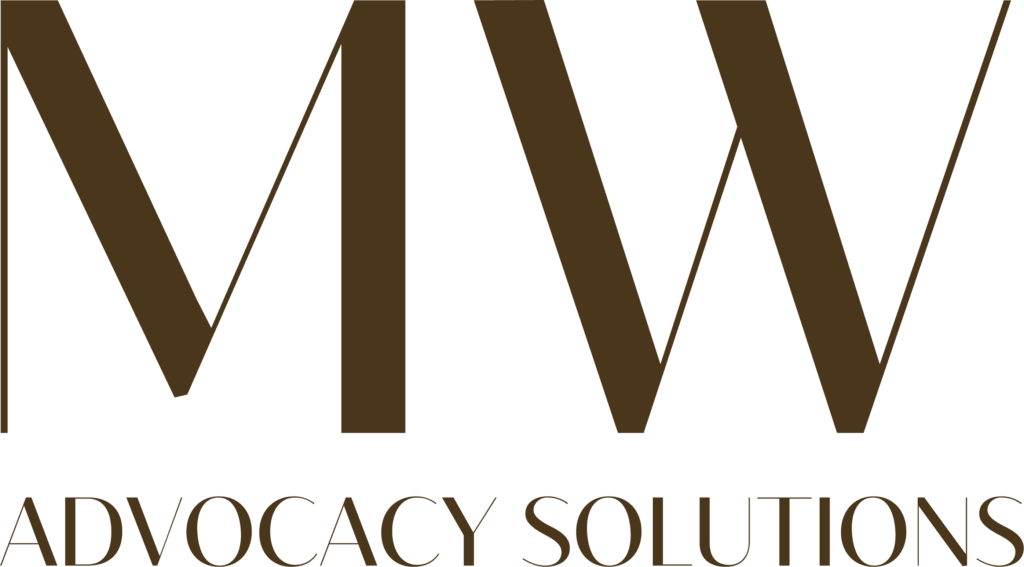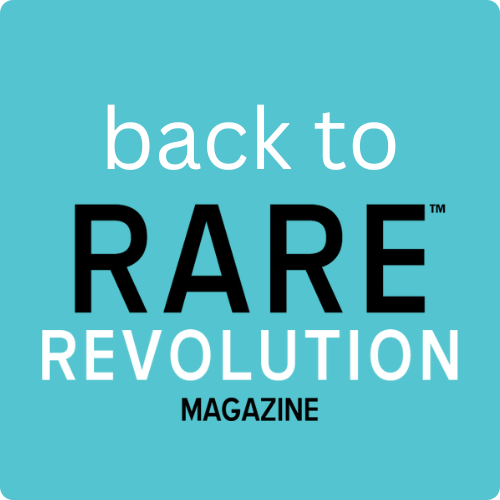Houston we have a problem: NASA-inspired strategies for rare disease
Estimated reading time: 8 minutes


“Well the only thing I can say is it’s such a shame for science. So many scientific advances come out of the space programme.”
This, or something quite similar to this, is what my high school science teacher said in the early 1990s. It was in the context of a debate taking place provoked by proposals from the Clinton administration to reduce NASA’s projected budget. There was supposed to be a post-cold war peace dividend, after all—and scaling back the space race was going to be part of it.
At that time, newspaper editorials and television reports discussed the value of NASA spending for civilian scientific discovery, citing so-called spin-off technologies. The availability of data on the return on investment (RoI) in this research, along with concrete examples of spinoff technologies, created the space (pun intended) for a more informed debate about whether the scale of the funding cuts was justified. The fact that high school science classes in a city like Scranton were discussing the impact of NASA funding is the type of impact that any public affairs team would dream of. I suspect though that the debate only happened because they didn’t just dream, they also organised—anticipating the need to measure and communicate the value of their work and then aligning broadly on key messages.
Some examples:
- A variety of studies across several decades tried to estimate the economic value of NASA investment to wider society, usually showing at least an ROI of 7-1. This helped NASA’s supporters to socialise the idea that for every dollar spent on the space programme, there was a return on investment of $7 dollars to the US economy. Subsequent studies upheld or even augmented the RoI.
- Since 1976, NASA published a list of the civilian use of their technologies in a resource called Spinoff, shared widely with scientists and universities. Those behind the most innovative reuse of technology were feted with awards, and today you can even see ‘success stories’ on how space technology is improving lives, broken down by state so people can understand the local impact.
The pushback to the proposed cuts gave the space programme a partial reprieve, with only $12 billion of cuts agreed across five years, instead of by $40billion (equivalent to $84 billion today).

The rare disease movement is facing hostile headwinds
We can learn from NASA’s experience. Today, the rare ecosystem is not in a great place.
In terms of research, huge changes at The National Institutes of Health (NIH) are reported to be resulting in the cancellation of 800 research projects, disproportionately affecting rare disease, though this connection seems to have gone by almost completely unremarked upon by the wider public.
Despite European ambition to position itself as a safe haven for researchers and scientists in face of unpredictability in the United States, in Europe, security and defence are sure to win the lion’s share of any new public investment. Realistically we cannot assume additional dedicated research funding beyond the modest investment in the ERDERA programme.
In terms of access and reimbursement, the political systems are distracted in both Europe and the Americas, and we will need to work very hard to have any messages about rare diseases cut through the noise.
Despite huge advances in the last decade, industry itself may be hedging on rare disease. There is some debate over this, but conventional wisdom holds that rare diseases will not enjoy the same level of inclusion in research pipelines, as confidence in the long-term development of incentives and market pathways has declined in some cases.
The rare disease patient groups that the sector depends upon are also struggling, according to a recent analysis from EURORDIS. The evidence suggests patient organisations in Europe continue to do important work but 38% are running a financial deficit, and we can’t take for granted that they will always be there, or in a position to advocate for market access and provide evidence to regulators, when we need them.
The value of thinking long-term as a system, and not just as individual companies
From the perspective of someone who worked at EURORDIS, sometimes members of this ecosystem, including companies, think in a self-referential way. For example, if company X has a promising new candidate therapy in the pipeline, it can trigger a top-down cascade of activities that try to reshape the ecosystem around their company’s vision, adapted of course to the new product. Sometimes rather than looking out to the system, the wheel is reinvented. Public affairs and patient advocacy teams are then pressured to get their stakeholders on board. The good ones do their best to bridge the gap between their management direction and what already exists in the ecosystem. Sometimes though companies end up spending money on training and awareness campaigns that have minimal effect.
Concretely what can we do better here?
Stay on message
In rare diseases we can strive for more message discipline. For example, Rare Diseases International led a collaborative project with the aim to standardising how we define, measure, and to an extent talk about rare diseases, culminating in this publication. This includes figures and framing that they use for international advocacy. You may prefer a different way to frame or describe rare disease, but the reality is RDI is well placed to be the one setting these standards. When we all use different facts and figures, we dilute our message and risk losing credibility.
Think of the NASA 7-1 ratio. Every time a new analysis came out that showed a slightly better RoI they didn’t make the mistake of running to the most impressive sounding number. 7-1 was good enough and with time it gained recognition.
Similarly at Rare Disease Day, working closely with RDI, we defined health equity in the context of rare diseases. Rare Disease Day has the credibility to carry this message, and we will go further if we all refer to it rather than each policy team developing new definitions.
Tell better stories and celebrate successes
Statins are now the most prescribed drug in the US, but how many of its users know that this was a spinoff discovery from research into the rare condition familial hypercholesterolaemia (FH) ?
Breakthroughs in Gaucher research lead to new enzyme replacement therapies, with this approach now benefiting many other lysosomal storage diseases.
Research into progeria disease holds real promise to better understand how vascular aging can be addressed, with potential to transform the many common diseases that are impacted by aging blood vessels.
We will all have more of these examples, but we tend to talk in general terms, if at all, about the ‘upside repurposing’ potential of rare disease research and forget to make it concrete and tangible.
This isn’t just about exciting scientific discovery, it is also about profit. Stories have a place in internal and upwards communication within industry, reinforcing mindsets about the exciting commercial potential of investing in rare. Examples like Regeneron’s Praluent or Biogen’s Spinraza are great illustrations of how rare therapies have been successfully adapted to treat more common diseases providing a further financial boon.
Those of us in the Rare Revolution insider community could relatively easily conceive of our own equivalent of the SpinOff magazine, where we gather examples of upside repurposing, publish and freely distribute these examples to KoIs. This could be a step towards increasing awareness.
Fight for your patient advocacy budgets
Patient advocacy budgets are coming under increased scrutiny, especially in Europe. In some ways it is not a surprise because many organisations take different approaches to involving patients and attempts to codify or standardise methodologies are still in the early phases.
Though it’s comparatively easy to show the value of using patient insight when designing a clinical trial or conceiving of a product (think end-user testing!), it’s much more difficult to demonstrate RoI on relationship building or grants to patient groups to support their own training and awareness activities. But to think that investing in relationships is not important would be a mistake. The truth is that companies and patient groups will get the most value from each other when the relationships are real and built on mutual trust and respect. That takes many things, but above all it takes time, and relationship building can’t be switched on and off and have the same impact.
Exploring business models that incentivise the development of pharmaceutical assets
Of course it’s not all about comms. NASA also developed a business model that helped to encourage technology to be broadly repurposed. The NASA Technology Transfer Program enables companies and universities to license NASA technology on commercial terms that encourage innovation. How often do companies sit on molecules that they don’t plan to develop, just in case? Can we be more ambitious about conceiving of new business models that incentivise development whilst still providing a revenue stream?
At some point, naturally, comparisons between the pharmaceutical and biotechnology sector and NASA will run out of rocket fuel (again, sorry!). There are very real differences between how a public body and its network of stakeholders and a research ecosystem that includes global companies in competition are incentivised to behave. But if rare disease research is to deliver life-changing breakthroughs at its full potential, we must adopt a more unified approach, maybe one that borrows NASA’s unapologetic ambition, strategic alignment, and commitment to demonstrating value. The opportunity is vast, but so is the risk of inaction!
Connect with Michael
in the know brings you the latest conversations from the RARE think tank. To access more in the know articles click below.

